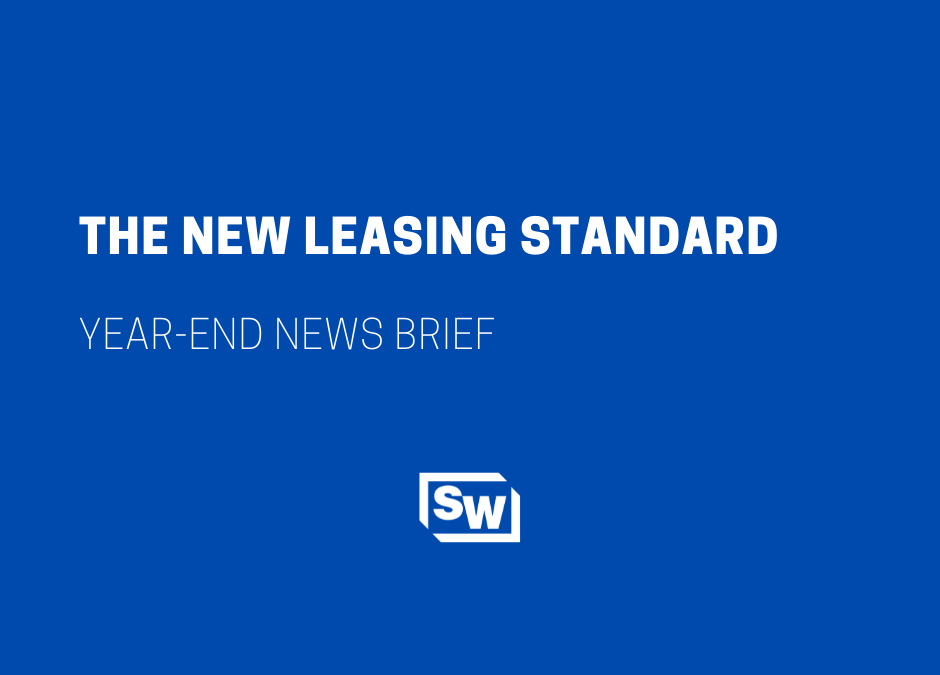The effective date for the new lease standard was postponed due to the COVID-19 pandemic, however, that extension is now quickly coming to an end. In February 2016, the Financial Accounting Standard Board (FASB) issued Accounting Standard Update (ASU) No. 2016-02 “Leases,” which significantly changes the generally accepted accounting principles for lease accounting. The new rules apply to all types of leases—even the simplest office space or equipment leases. The standard is effective for annual reporting periods beginning after December 15, 2021, for non-public business entities. Therefore, it will be crucial as part of your year-end tax planning strategy to take an inventory of all existing leases and forecast any potential new leases or lease renewals in preparation of the transition to ASU 2016-02.
The core principle of the guidance is that a lessee should recognize the assets and liabilities that arise from leases of 12 months or more. Previously, there were capital leases that were capitalized and operating leases that were expensed. The principal difference from previous guidance is that the lease assets and lease liabilities arising from operating leases should now also be recognized on the balance sheet or statement of financial position, meaning that going forward all leases will be recognized on the organization’s financial statements.
The ASU makes this change retroactive, so lessees are required to change the accounting for all current leases, even those entered into prior to the implementation of ASU 2016-02. The FASB also decided on a dual approach for lessee accounting (finance or operating). Differentiating between what was capital, which is now finance, and operating has remained the same. However, the financial statements presentation has changed.
For finance leases (previously capital leases), a lessee is required to do the following:
- Recognize a right-of-use asset and a lease liability, initially measured at the present value of the lease payments, on the balance sheet or statement of financial position.
- Recognize interest on the lease liability separately from amortization of the right-of-use asset on the income statement or statement of activities.
- Classify repayments of the principal portion of the lease liability within financing activities and payments of interest on the lease liability and variable lease payments within operating activities on the statement of cash flows.
For operating leases, a lessee is required to do the following:
- Recognize a right-of-use asset and a lease liability, initially measured at the present value of the lease payments, on the balance sheet or statement of financial position.
- Recognize a single lease cost calculated so that the cost of the lease is allocated over the lease term on a generally straight-line basis.
Overall, the updated regulations are now requiring that all leases be reported on the organization’s financial statements. We recommend that management begins by preparing an inventory of all leases and that special attention is paid to debt covenants.
If you would like more information on how these changes affect your organization, please contact your personal Sciarabba Walker contact or email us at info@swcllp.com.
By Elyse McMillen, CPA

